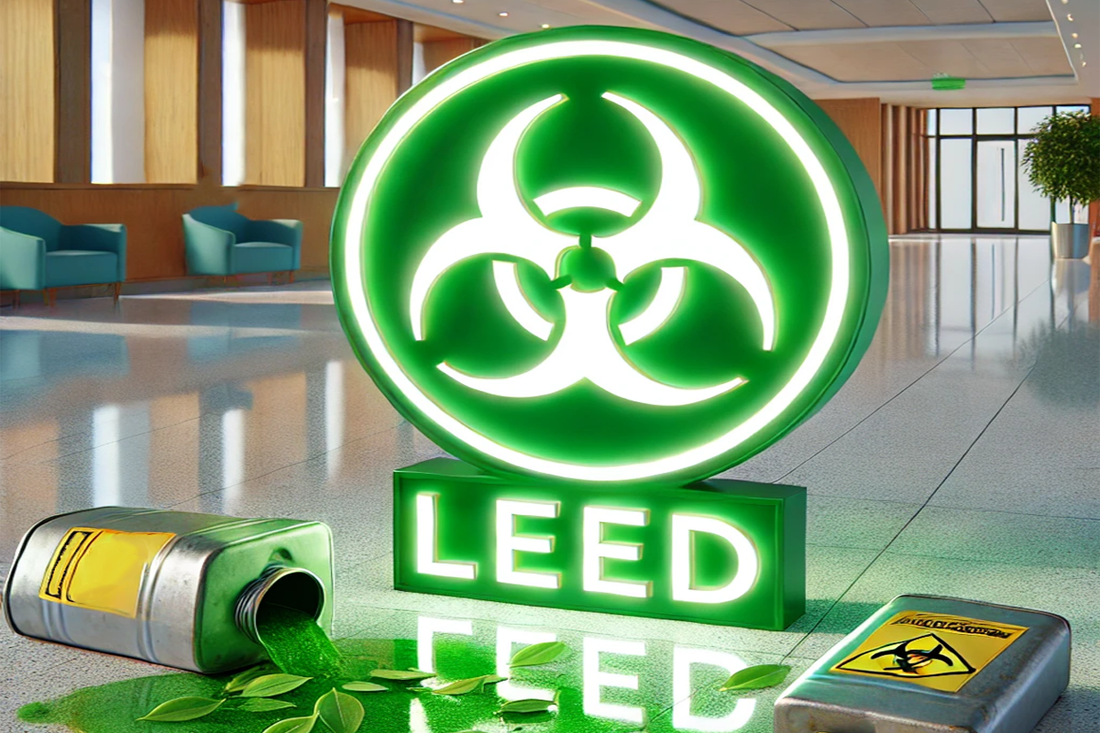
The Role of Non-Toxic Cleaning in LEED Certification
Share
In the rapidly evolving landscape of commercial real estate, achieving LEED certification isn't just a badge of honor; it's a commitment to sustainability, health, and compliance. As facility managers and compliance officers strive to meet the rigorous standards set forth by the U.S. Green Building Council, the use of LEED safe cleaners becomes paramount. Non-toxic cleaning solutions not only help in minimizing environmental impact but also align with compliance regulations that protect both occupants and the ecosystem.
Understanding LEED Certification
The Leadership in Energy and Environmental Design (LEED) certification is a globally recognized symbol of sustainability achievement and leadership. This certification rates buildings on various factors, including energy efficiency, water conservation, and indoor environmental quality. One vital aspect often overlooked is the quality of cleaning products used. Adopting environmentally friendly cleaning solutions is not merely a good practice; it plays a crucial role in securing LEED points, ultimately leading to more sustainable and healthier indoor environments.
The Importance of Non-Toxic Cleaners
Traditional cleaning products can be a hidden menace, harboring toxic chemicals that not only jeopardize the health of building occupants but also impair the environment. The use of non-toxic cleaning agents is a proactive approach that facility directors cannot afford to overlook. Here are some compelling reasons why:
- Healthier Environments: Non-toxic cleaners minimize exposure to harmful chemicals, reducing respiratory ailments and skin irritations among building occupants.
- Improved Indoor Air Quality: The use of safer cleaning products can significantly enhance the indoor air quality (IAQ), which aligns with LEED standards for healthier workspaces.
- Regulatory Compliance: Opting for LEED safe cleaners ensures compliance with health and safety regulations, mitigating risks associated with toxic chemical use.
- Waste Reduction: Eco-friendly products often come with sustainable packaging solutions, lowering the environmental impact and waste generated from traditional cleaning supplies.
How Non-Toxic Cleaners Contribute to LEED Points
To secure all the points you aim for, it’s crucial to understand where non-toxic cleaners intersect with LEED requirements:
- Credits for Sustainable Purchasing: Using environmentally preferable cleaning products can earn credits in the LEED green purchasing strategy, contributing to overall certification.
- Enhanced Indoor Environmental Quality: Implementing non-toxic sanitation products supports the LEED criteria for improving indoor air quality and occupant comfort.
- Material Content: Many non-toxic cleaners are composed of sustainable materials that can contribute to the prerequisites for material sustainability.
Challenges in Implementing Non-Toxic Cleaning Solutions
While transitioning to non-toxic cleaners is beneficial for achieving LEED certification, the process isn't without its challenges:
- Cost Implications: Eco-friendly products can sometimes come with a higher upfront cost. However, when considering long-term health and environmental benefits, they often result in savings.
- Resistance to Change: Facility teams accustomed to traditional cleaning products may resist new methods, emphasizing the importance of training and education.
- Availability: Not all suppliers carry an adequate range of non-toxic options, which can complicate procurement strategies.
Best Practices for Transitioning
Overcoming the above challenges is essential for reaping the benefits of non-toxic cleaning. Here are some best practices:
- Conduct an Audit: Assess current cleaning practices and identify areas for improvement toward greener alternatives.
- Employee Training: Engage staff in the importance of using eco-friendly cleaners and provide the necessary training to ensure compliance.
- Supplier Partnerships: Partner with trusted suppliers like CG Chemicals for access to a wide range of reliable, LEED safe cleaners.
Conclusion
Transitioning to non-toxic cleaning solutions is not just a compliance measure; it is an investment in the health of your occupants and the planet. The role of non-toxic cleaners in achieving LEED certification can propel commercial real estate facilities into a brighter, greener future.
It's time to put compliance into action. By embracing LEED safe cleaners, you’re not just achieving certification; you’re safeguarding the well-being of those who inhabit the buildings you manage. Support green certification efforts today and lead your facility to a healthier tomorrow.
Shop now or contact us to learn more about our non-toxic cleaning products!
